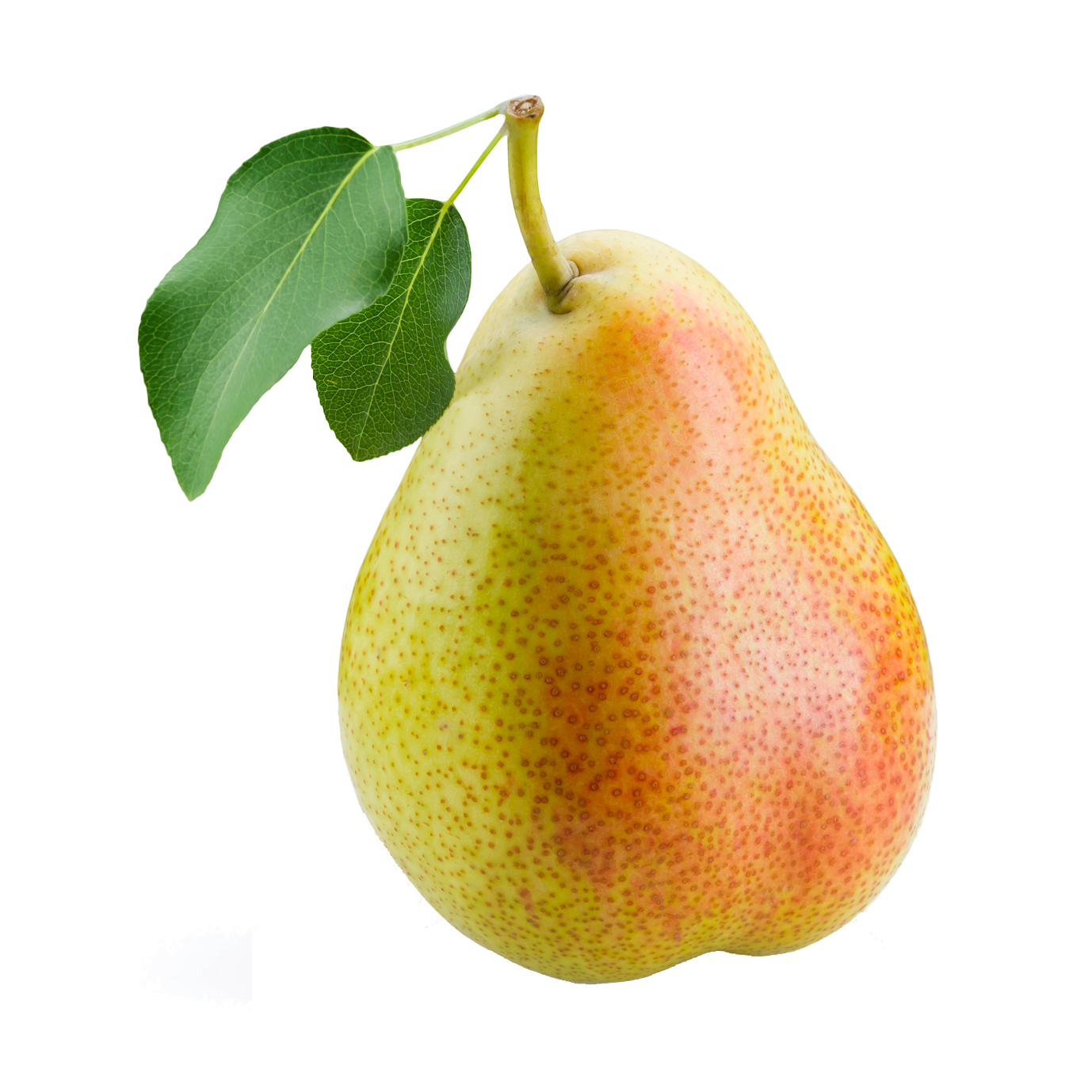THE ART OF DINING
Brillat-Savarin, the man not the cheese, discusses the “pleasures of the table” in his eponymous gastronomic essay, The Physiology of Taste, delineating the conditions necessary for a proper dinner party. He says: “That question I am about to answer. Compose yourselves, readers, and pay attention; Gasterea inspires me, the prettiest of all the (Ancient Greek) Muses; I shall be clearer than an oracle, and my precepts will go down the ages.”
Modest he may not have been, but his magnum opus sets a standard from which any modern dinner party can find suggestions and inspiration. So listen carefully.
The first of the precepts is that the guests should not be more than twelve in order to facilitate conversation. He goes so far as positing that meals are responsible for the birth of languages, “not only because they are a continually recurring occasion, but also because the leisure which accompanies and succeeds the meal is naturally conducive to confidence and loquacity.” To be granted a place at the table, guests should come from a variety of occupations and hold analogous tastes. Quite right.
The dining room should be “well-lighted”, the cloth impeccably white, and the atmosphere maintained at a temperature from thirteen to sixteen degrees. (Brrr) The men should be witty and the women pleasant without being coquettes. The dishes should be few in number but choice and well chosen. Let the order of service be from the more substantial dishes to the lighter, and the simpler wines to the most perfumed.
The progress of the meal, he says, should be slow so as to “let the guests conduct themselves like travellers due to reach their destination together”, but also proceed without undue haste, since dinner is the last business of the day. Coffee is to then be served at the end of the dinner, piping hot. Following which the guests then retire to a drawing room large enough where those “who cannot do without it” can play cards and others may engage in post-prandial conversations. Guests should be encouraged to linger, “sustained by the hope that the evening will not pass without further pleasure”.
Before your mind races down a perhaps undignified road, the “further pleasure” Brillat-Savarin is referring to is the serving of tea, toast and punch. His final precept is to “Let retirement begin not earlier than eleven o’clock, but by midnight let everyone be in bed.”
The important principle is that everyone eats well but does not overeat, so that guests retire peacefully into bed, to arise the next morning without hangover or digestion discomfort.
Of his twelve precepts, Brillat-Savarin concludes: “Whoever has been present at a meal fulfilling all these conditions may claim to have witnessed his own apotheosis: and for each of them which is forgotten or ignored, the guests will suffer a proportionate decrease of pleasure.”
Personally, we could not live with ourselves if we denied one of our guests of witnessing their own apotheosis and thus gladly, nay vigorously, suggest you follow these precepts everytime.
Sapience and savouring are once again connected.
Throwing a dinner party is made easy with the Hostess Gift Set from Casa Cabana, including Hostess Book Dinner Diary, set of 12 menu cards and place cards. The Hostess Book features a panning guide for the perfect dinner party from seating charts and menus to decoration and conversation topics. Revive the art of the formal dinner party with this gift set, perfect for the seasoned hostess.






